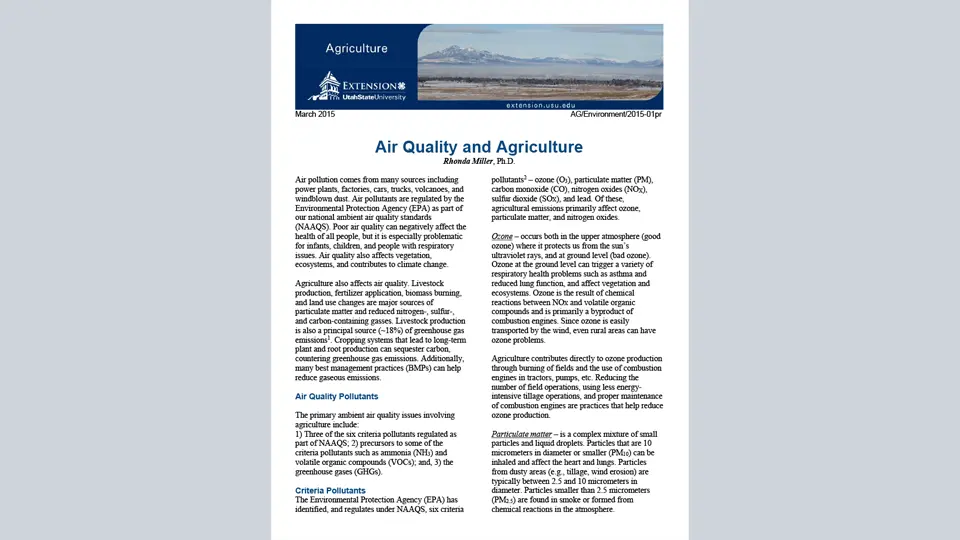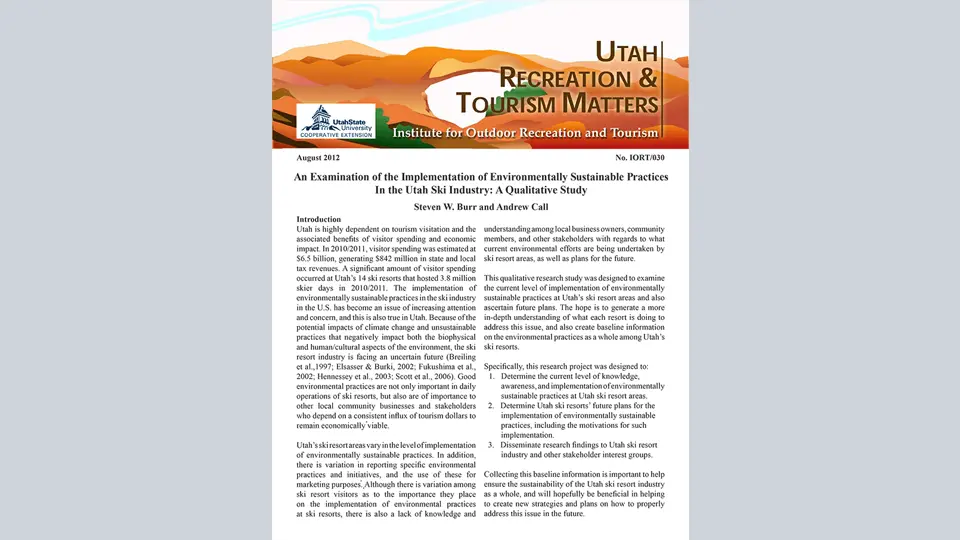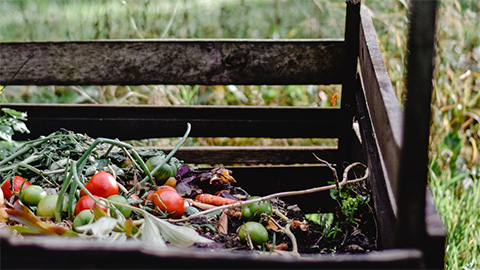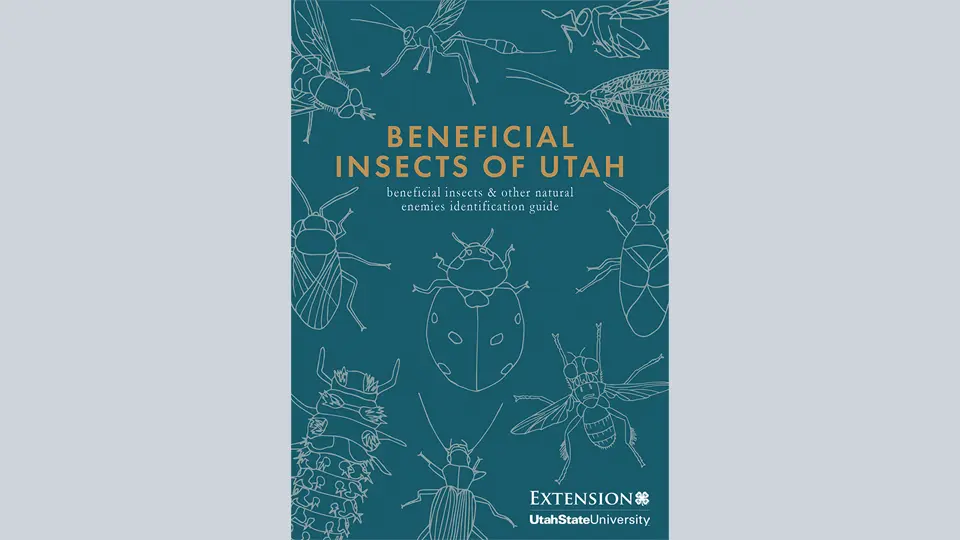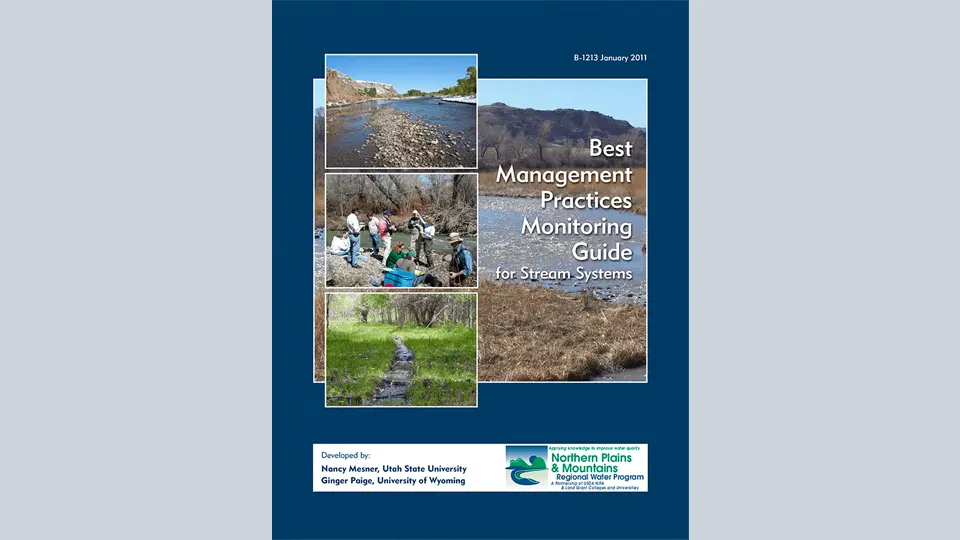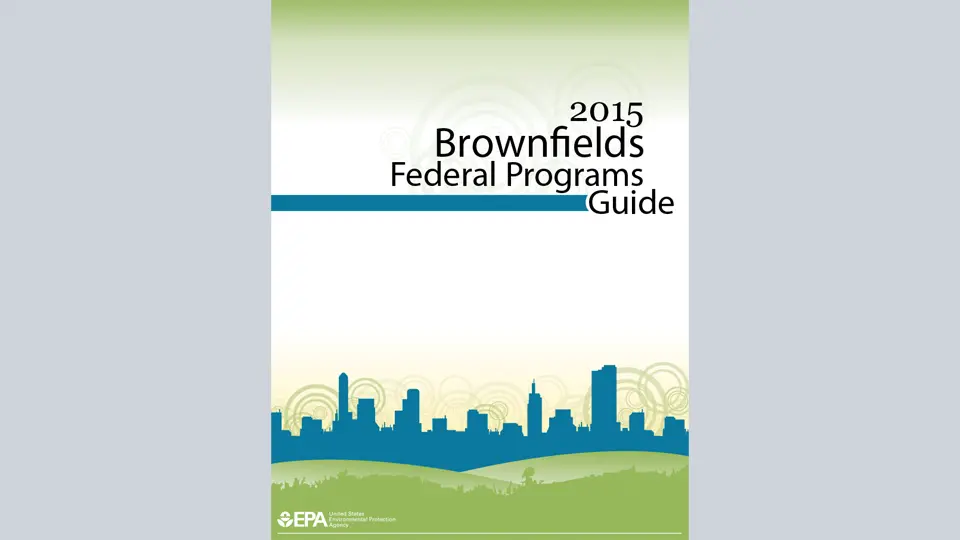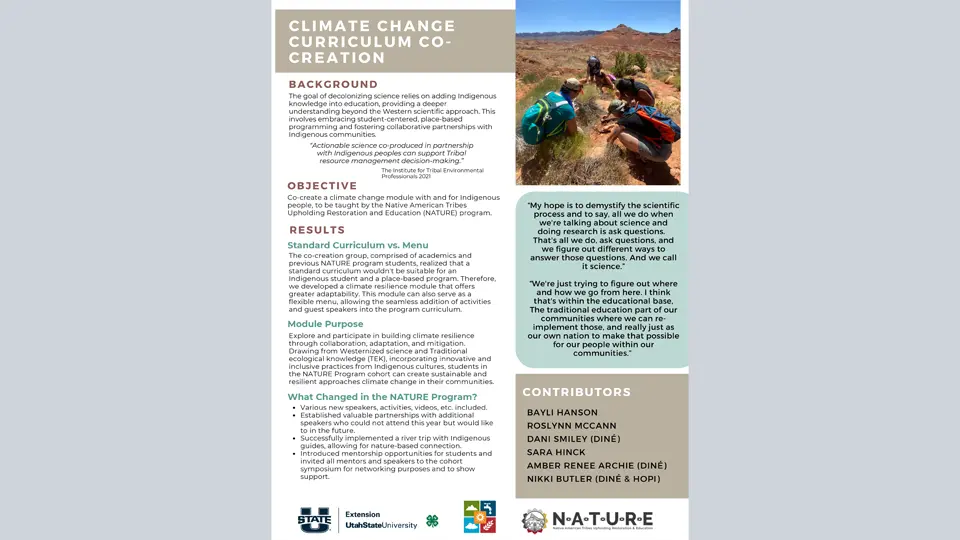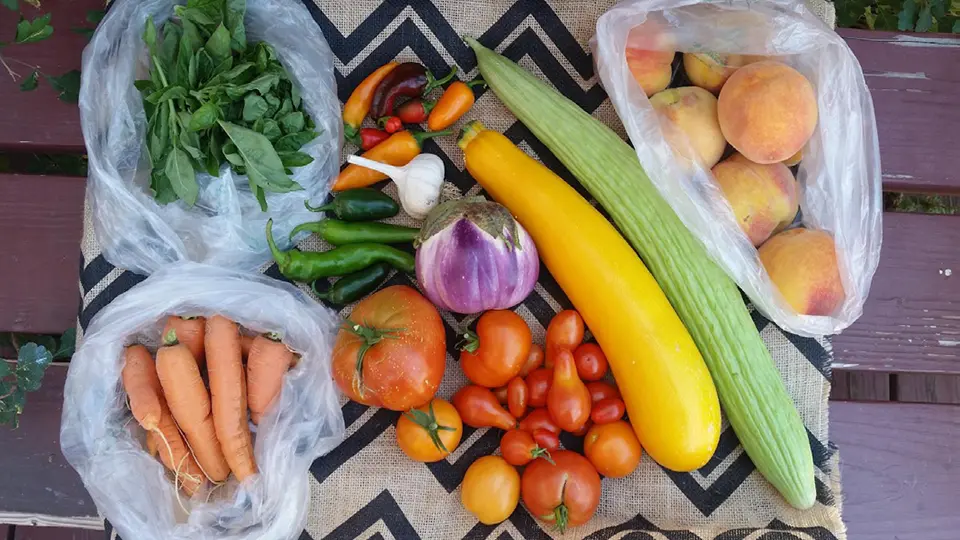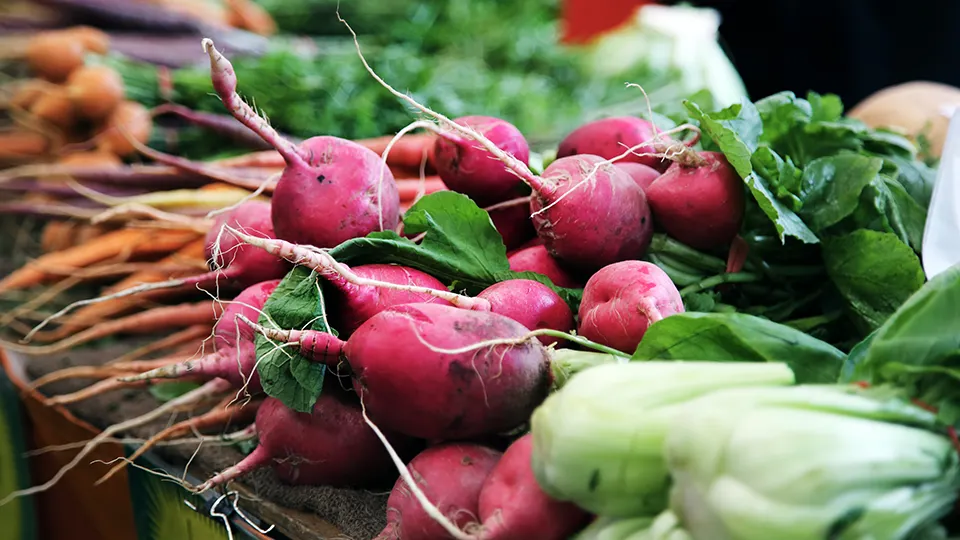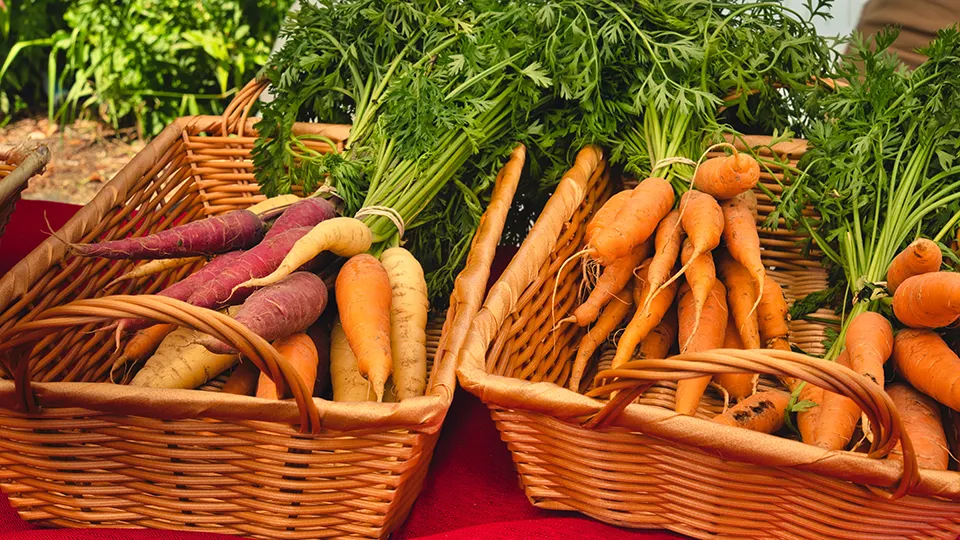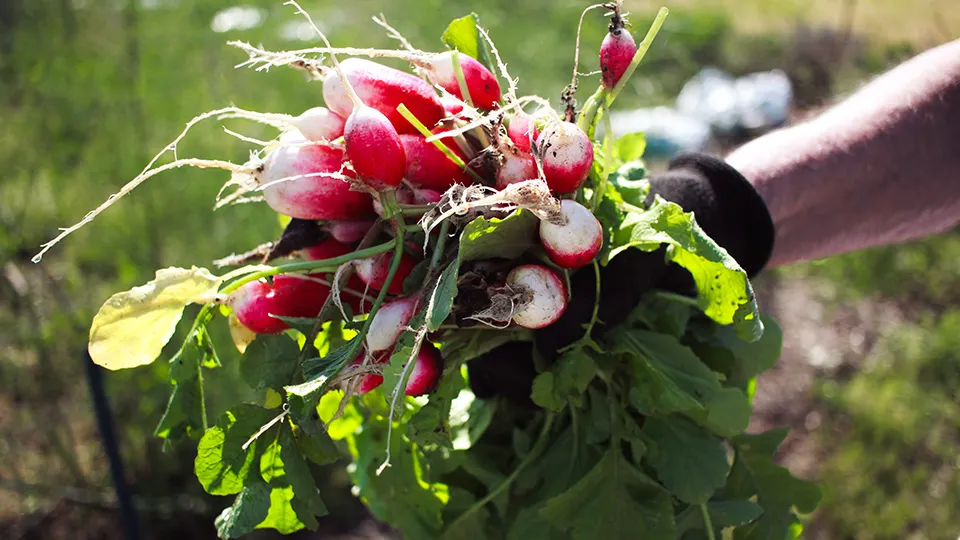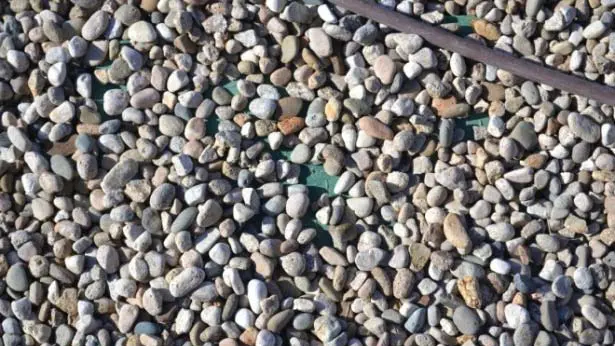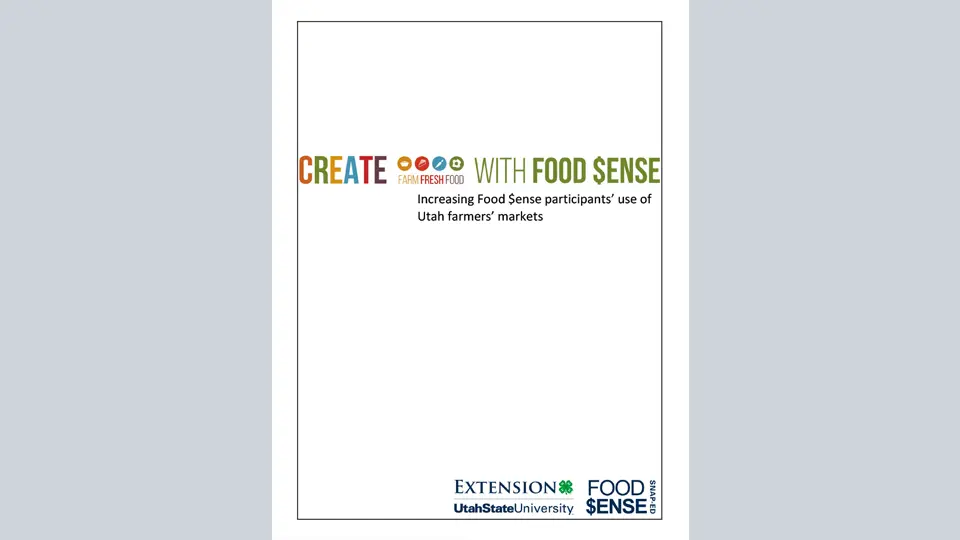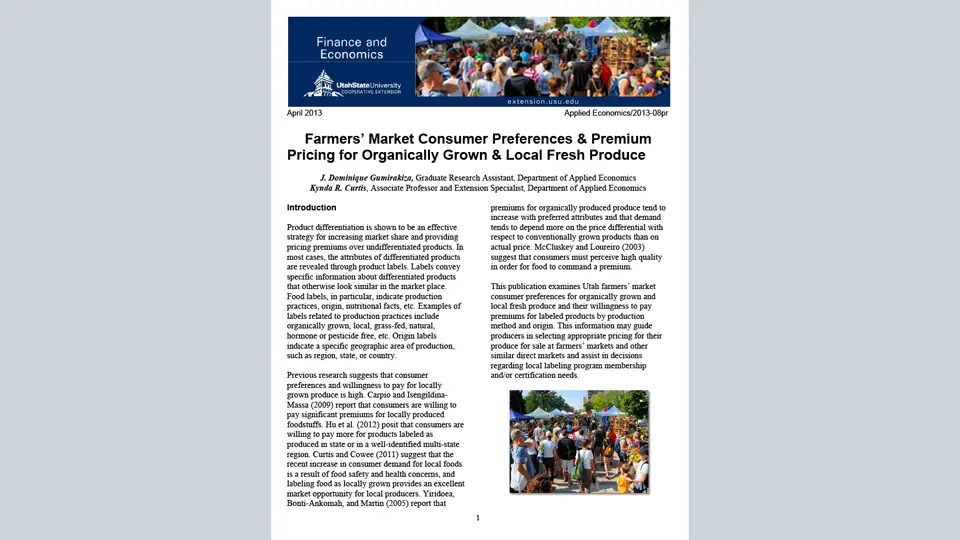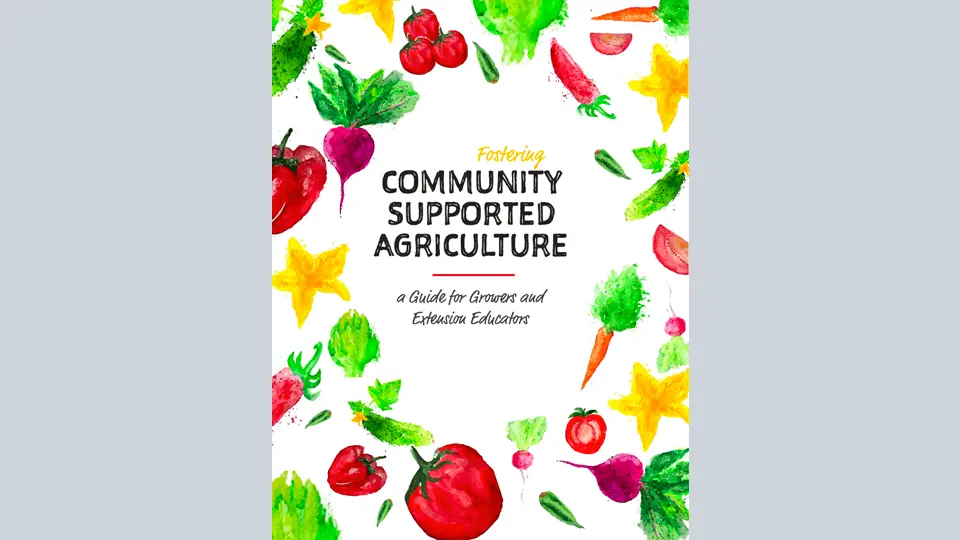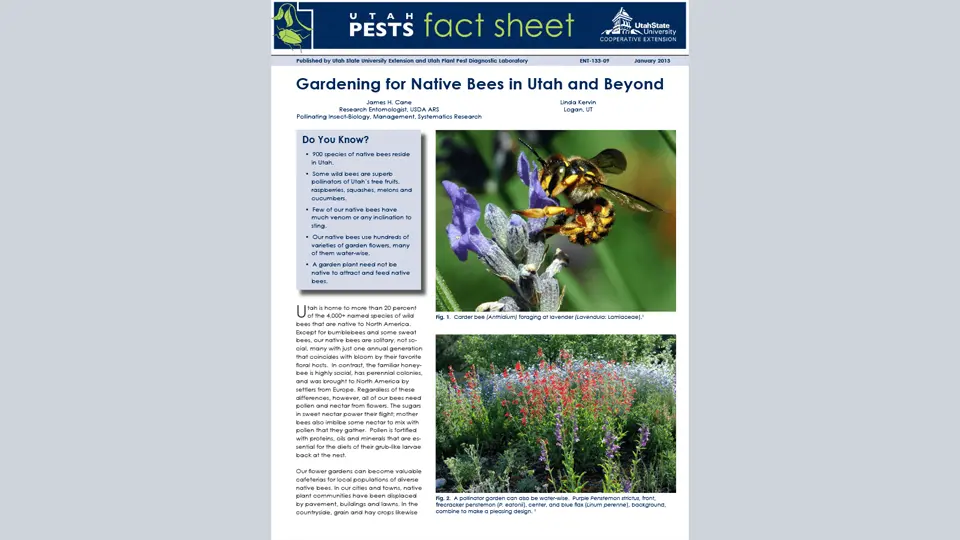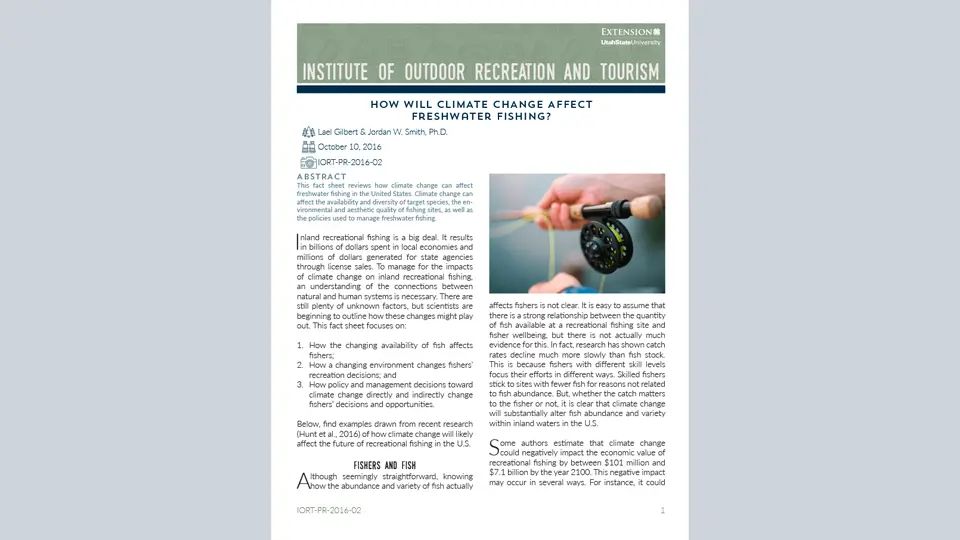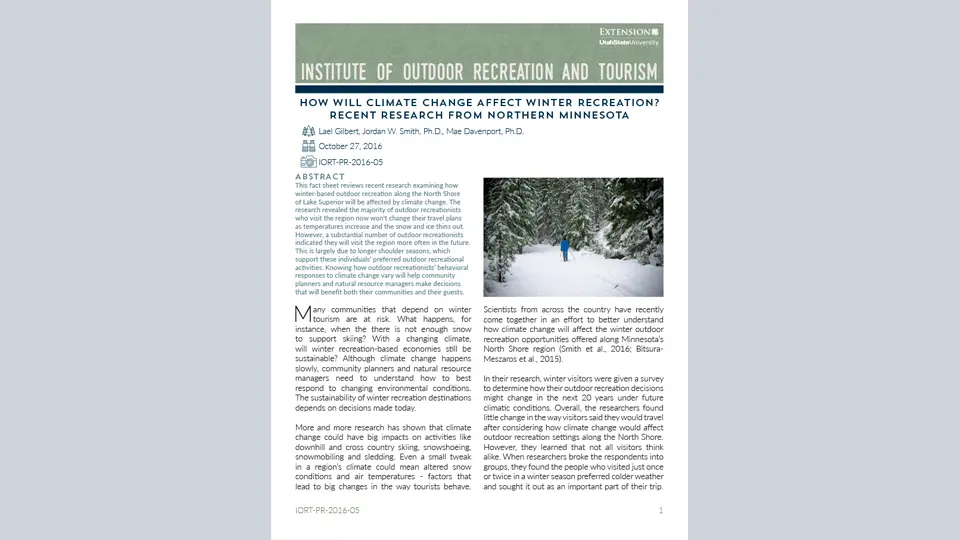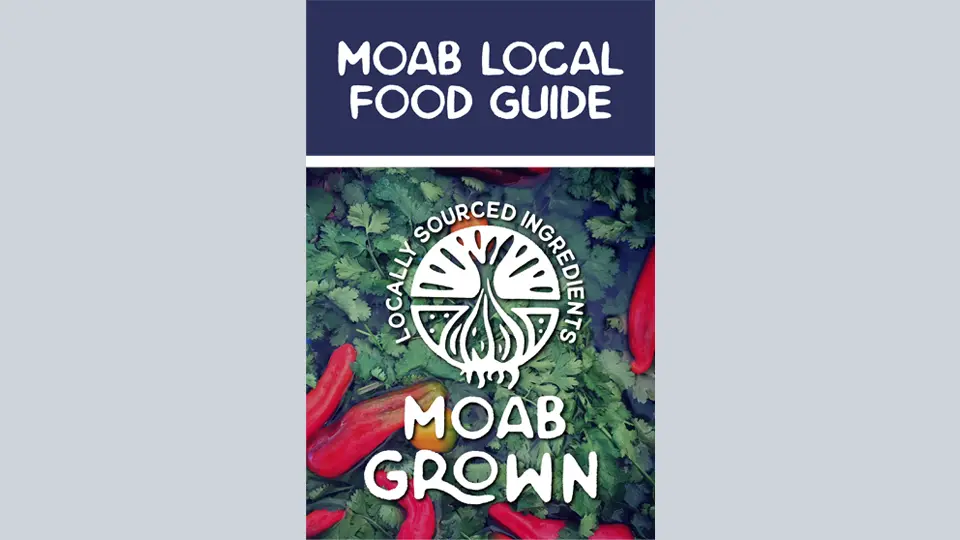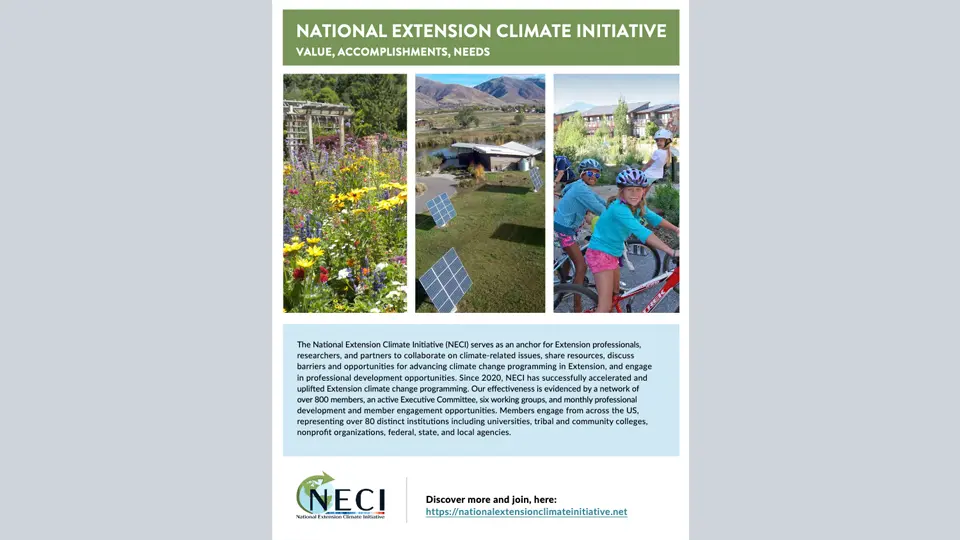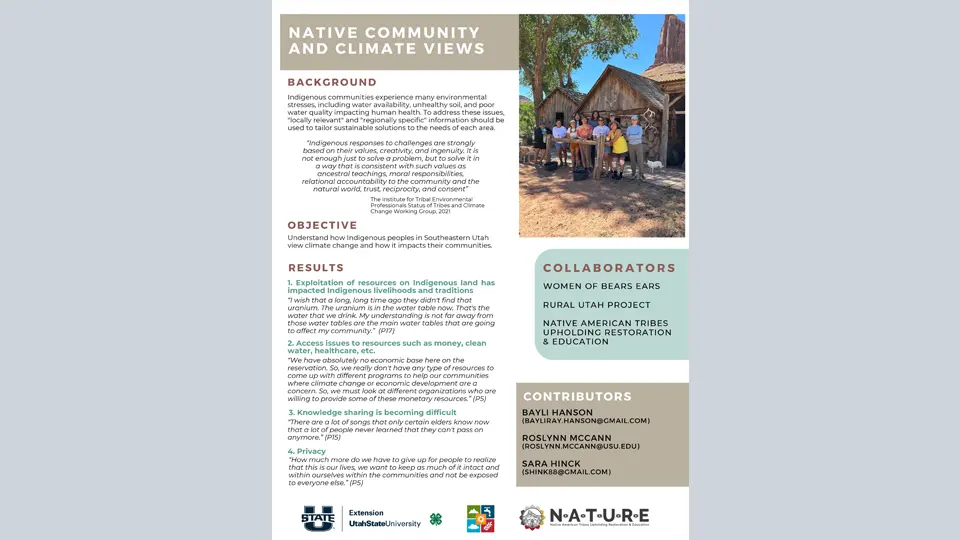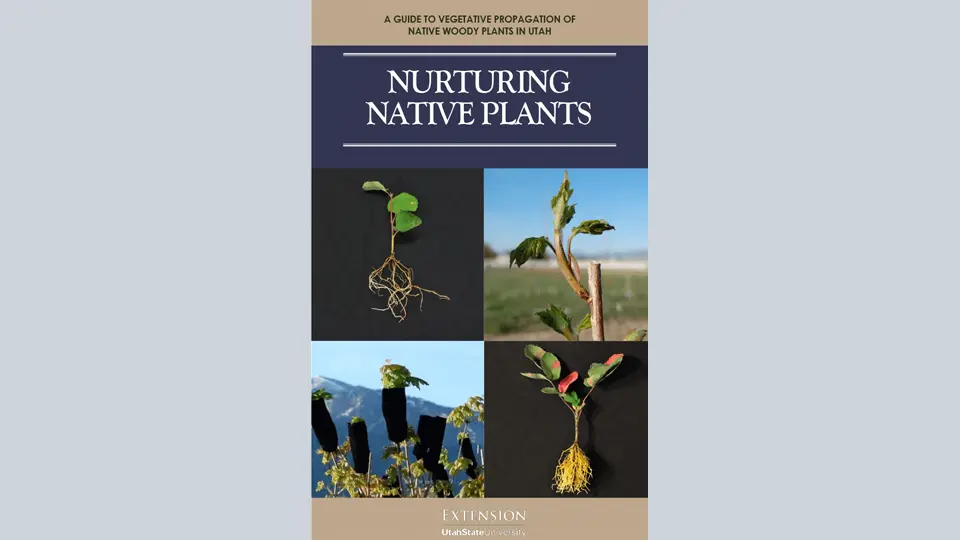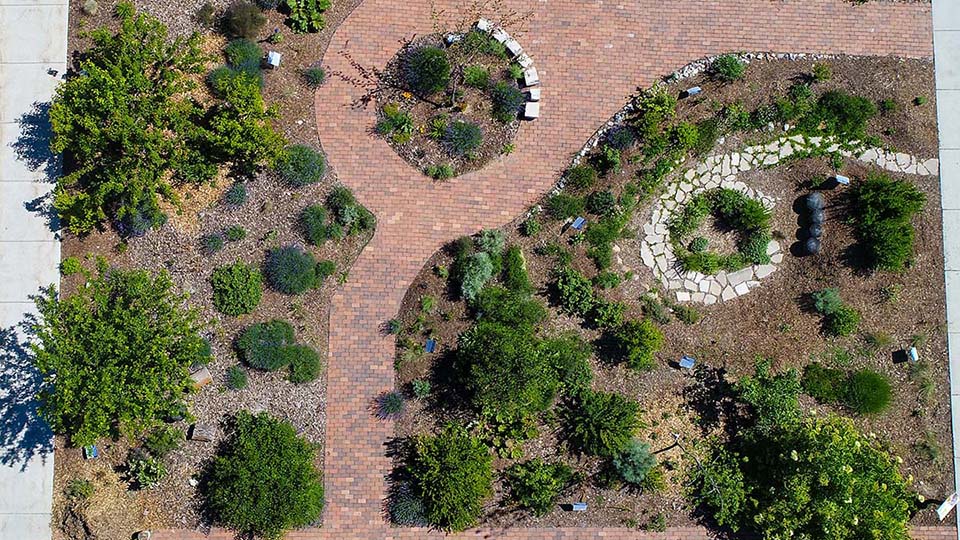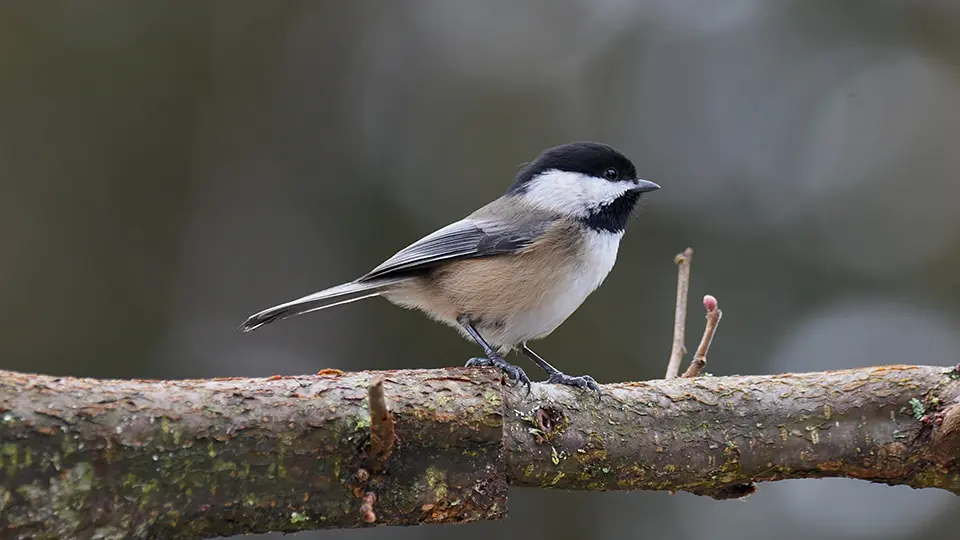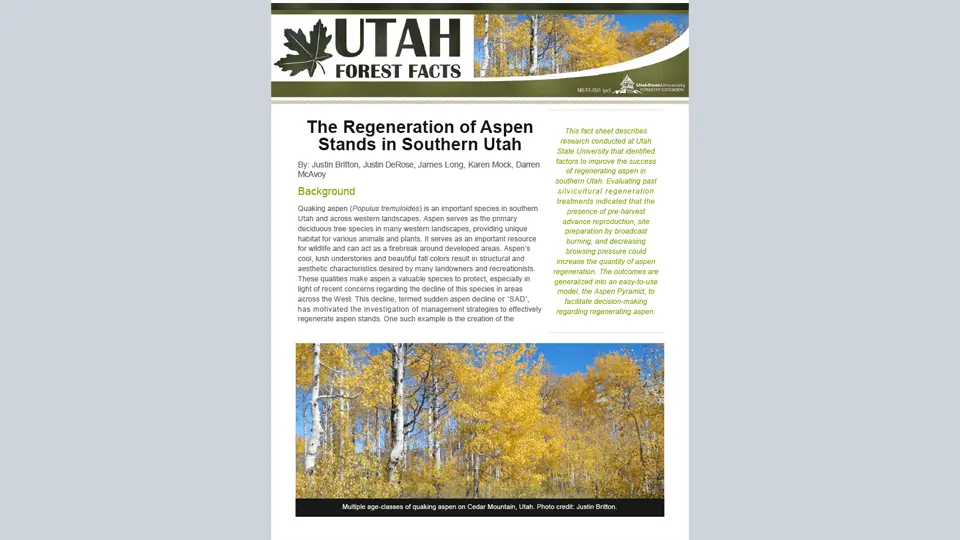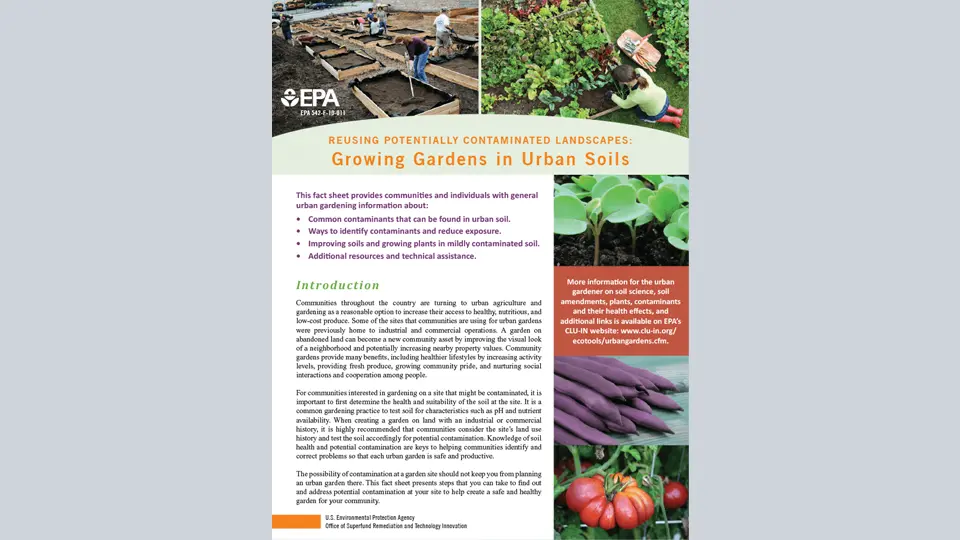Rangeland Carbon Sequestration

Terrestrial carbon sequestration is the process through which carbon dioxide (CO2) from the atmosphere is absorbed by trees, plants and crops through photosynthesis, and stored as carbon in biomass (tree trunks, branches, grasses, foliage, and roots) and soils1. Terrestrial carbon sequestration can contribute to offsetting carbon dioxide emissions and mitigating climate change.
Over 30% (770 million acres) of U.S. land cover is rangelands, yet in Utah, roughly 80 percent of land cover is rangelands2. Rangelands can be managed to increase soil carbon storage through more equitable distribution of grazing pressure over time and space to reduce forage plant defoliation and increase carbon inputs from standing plants to soils3. The overall ability of rangelands to sequester carbon depends on plant species, soil type, regional climate, topography, and management practice.
Even though the per acre carbon sequestration potential of rangelands may be less than that of either forestlands or croplands, the large size of rangelands in Utah and the U.S. suggests a great overall carbon sequestration potential, particularly in below-ground biomass and soils4,5. What does this mean and what role can rangeland owners play in carbon sequestration?
Carbon Sequestration:
The capture and long-term storage of carbon dioxide (CO2) from the air.
Benefits of Carbon Sequestration
Ecological Benefits
Rangelands play an important role in the carbon cycle. Although their ability to absorb CO2 from the atmosphere could help offset human influence on climate change, there are many other ecological benefits associated with sequestering carbon on rangelands4.
Range management practices that lead to increased carbon storage in the soil contribute to better soil quality. Higher levels of soil organic matter and healthier root systems allow for better water infiltration into the soil and higher water holding capacity. These factors all result in better plant productivity and higher quality forage, which make rangelands less susceptible to drought conditions and allow them to better sustain livestock and wildlife grazing during dry periods.
All of these ecological benefits together contribute to the overall health of the land, which may lead to improved economic efficiency of ranching operations8.
Financial Benefits
Farmers and ranchers may be able to receive financial benefits as a result of sequestering carbon on their land. Carbon markets have been explored in the U.S. for trading carbon offset credits. From 2003 to 2010, the Chicago Climate Exchange (CCX) operated a carbon reduction and trading system comprised of large companies, municipalities, and institutions connecting emitters of CO2 and other greenhouse gases with carbon offset projects (e.g., carbon sequestration on rangelands)9. Farmers and ranchers could sequester carbon through improved land management practices, and the difference between the base rate of carbon storage and the rate under a new management practice could be sold as carbon credits.
Some rangeland owners have profited from carbon markets in the past and may be able to profit from similar opportunities in the future7. In addition, government programs may be developed to provide cost share, tax incentives, or direct payments to farmers and ranchers who are willing to implement carbon sequestration activities on their land in a manner similar to existing land management and conservation programs.
Utah Rangeland Owners
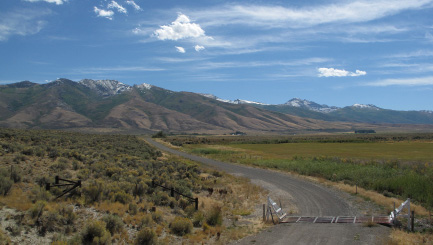
A recent survey conducted by Utah State University (USU)6 asked rangeland owners questions about their views of carbon sequestration and climate change. The survey had a response rate of 71%. The survey participants included 598 farmers and ranchers who owned private grazing land and livestock across 29 counties in Utah. The average age of these respondents were 61 years. On average, respondents owned 458 acres of private grazing land. Eighteen percent of respondents had a public grazing permit and 11% had a written grazing management plan.
With respect to views of carbon sequestration and climate change, over two-thirds of respondents reported they had at least heard of carbon sequestration prior to the survey. Three quarters had a positive view of carbon sequestration based on their previous understanding and the definition provided in the survey. Sixty-four percent of respondents thought the climate had been changing over the past 30 years. Those who believed in climate change, particularly the human influence on climate change, were more likely to have a positive view of carbon sequestration. Although carbon sequestration may be best known for its connection to climate change, there are numerous other benefits. The graph on page two demonstrates perceptions of Utah rangeland landowners regarding these potential benefits.

Steps to Sequester Carbon on Your Land
Management Practices:
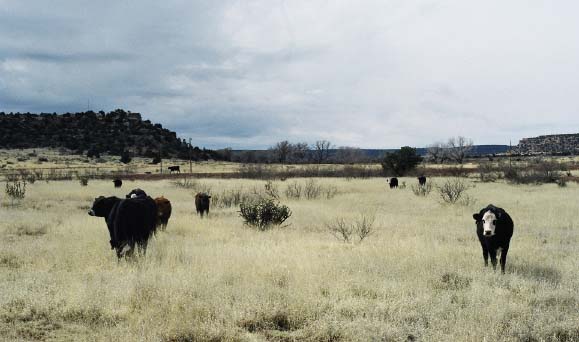
of the carbon-ranching market, having received compensation for sustainable practices including managing the number of cows on the land and rotating them frequently through pastures.
Livestock grazing is a major use of rangelands in the U.S. When done right, grazing can help the root systems of grasses and shrubs increase carbon storage in soils. In particular, management practices that minimize disturbance to soils in established pastures, introduce drought-tolerant forage, or increase forage production through more equitable distribution of grazing pressure over time and space, will increase soil organic matter and carbon storage8.
Soil conservation is the most important aspect of carbon sequestration. On rangelands, grazing and vegetation management are very important for soil conservation. Some general management goals or practices that have carbon benefits are:
- Maintaining light-to-moderate stocking rates.
- Using proper grazing management techniques and avoiding overgrazing.
- Sowing drought-tolerant legumes and grass species.
- Restoring degraded rangeland.
Government Conservation Programs:
Several rangeland conservation programs at the federal and state levels can help landowners implement improved grazing and vegetation management practices that may have carbon benefits either directly or indirectly. Participating in these existing programs is also a good way to receive technical and/or financial assistance.
Federal programs, run by the Natural Resource Conservation Service (NRCS) and the Farm Service Agency (FSA), include:
- Environmental Quality Incentives Program (EQIP)
- Conservation Stewardship Program (CSP)
- Conservation Reserve Program (CRP)
State programs in Utah, run by the Utah Department of Agriculture and Food (UDAF) and the Utah Conservation Commission, include:
- Utah Grazing Improvement Program (UGIP)
- Agriculture Resource Development Loans (ARDL)
Agricultural Organizations:
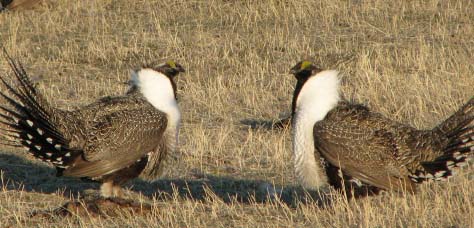
Another way to get involved in carbon sequestration is to talk to the agricultural organizations in your area, such as the Utah Farm Bureau or the Utah Cattlemen’s Association. These organizations have extensive knowledge and experience working with farmers, ranchers, and various government agencies promoting rangeland conservation.
The majority of rangeland owners in the USU survey indicated preference for working with private agricultural organizations on carbon sequestration. Partnerships between such organizations and government agencies are important for developing future carbon sequestration programs that would be appealing to rangeland owners. Letting these organizaions know you are interested in carbon sequestration may help mobilize them to influence future policy development to benefit you and other Utah landowners.
References
- United States Environmental Protection Agency. Accessed on September 9, 2012, from: http://www.epa.gov/sequestration/faq.html
- Utah State Univeristy Cooperative Extension.(2012). Introduction to rangelands. Available from: http://extension.usu.edu/rangelands/htm/intro-rangelands#What
- Carbon storage in rangelands: Ranching sustainability analysis info sheet. Available from: http://cesanluisobispo.ucdavis.edu/files/136179.pdf
- Derner, J.D., Schuman, G.E. (2007). Carbon sequestration and rangelands: A synthesis of land management and precipitation effects. Journal of Soil and Water Conservation, 62(2), 77-85. Available from: http://ars.usda.gov/SP2UserFiles/Place/54090000/DernerPDF/32.JSWC62(2)Derner.pdf
- Ritten, J.P., Bastian, C.T., Rashford, B.S., Norton, J., Norton, U., Paisley, S.I., Burgener, P. (2009). Can carbon find a home on the range? Western Economics Forum, 8(2), 14-20.
- Cook, S., (2012). Carbon sequestration on Utah rangelands: A landowner perspective. Master of Science thesis, Utah State University, Logan, UT.
- Gosnell, H., Robinson-Maness, N., & Charnley, S. (2011). Profiting from the sale of carbon offsets: A case study of the Trigg Ranch. Rangelands, 33(5), 25-29. Available from: http://www.fs.fed.us/pnw/pubs/journals/pnw_2011_ gosnell003.pdf
- Ma, Z., Coppock, D.L. (2012). Perceptions of Utah ranchers toward carbon sequestration: Policy implications for US rangelands. Journal of Environmental Management, 111, 78-86.
- McComb, S. (2009). Overview of CCX®: Chicago Climate Exchange. Available from: http://www.epa.gov/agstar/documents/workshop09/mccomb.pdf
May 2013
Utah State University Extension
Peer-reviewed fact sheet
Authors
Seth Cook, Zhao Ma & Roslynn Brain
Department of Environment & Society
Related Research




